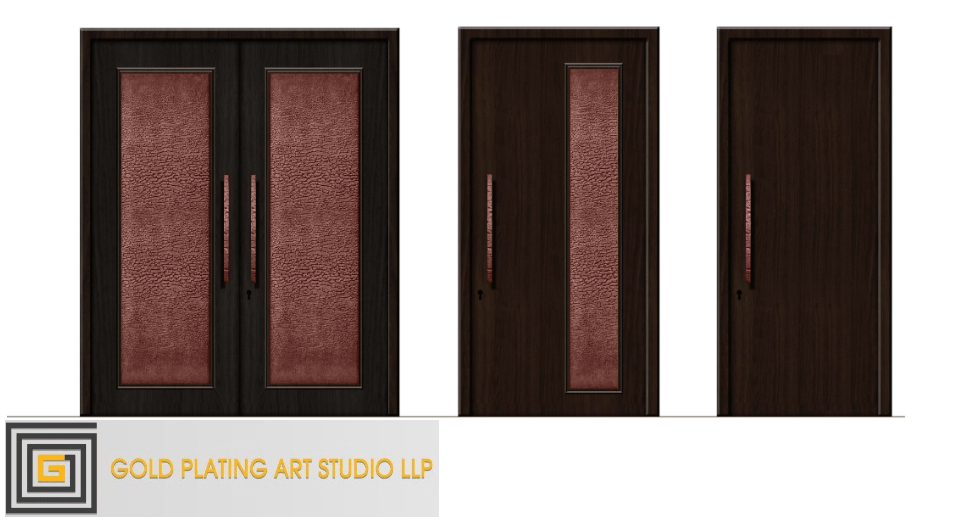A Brief Guide to Copper Plating
Copper plating is the process of depositing a copper layer onto various metals for functional and decorative purposes. Copper can produce a dull, polished, semi bright, gloss or satin finish and is used to coat metals for purposes ranging from automotive to medical. Copper is a chemical element with a high thermal and electrical conductivity, and is antibacterial, tough, ductile and non-magnetic.
What does the copper plating process involve?
The copper plating process involves electroplating, whereby an electric current is used to deposit a layer of copper onto a base metal. Many metals can have copper plating, including silver, aluminium, gold and plastic. Any iron based metals will need a nickel base coat as copper does not easily plate onto a passivated surface.
Firstly, the material is cleaned ready to be plated to prevent imperfections. Secondly, the electroplating process is applied by passing an electric current through a copper salt electrolyte solution. By adding two terminals in the solution and connecting them to a power supply, the electricity flows through the circuit and a layer of copper atoms deposit on the metal.
What is copper plating used for?
Copper plating is one of the most popular metal finishes, and is used for a variety of applications including:
- · As a preparatory layer for other nickel and silver plating purposes.
- · RFI (Radio Frequency Interference) and EMI (Electro Magnetic Interference) shielding purposes, as it’s an excellent conductor.
- · Large aerials fitted under railways due to its bright and levelling properties.
- · Laboratory and medical equipment due to its bacterial resistance.
- · Coins, which were made entirely of copper until its market value increased. Now coins are made of steel with a copper layer, due to its easy plating process and durability.
- · Aluminium wheels as it levels surface imperfections and ensures a bright finish.
- · Renovating worn items such as pots and pans.

